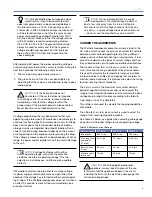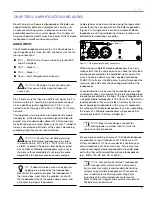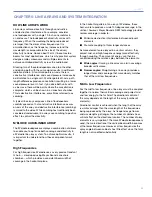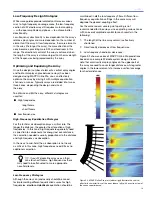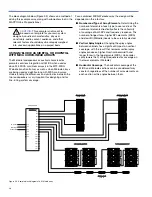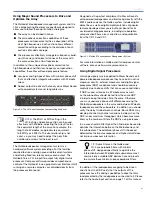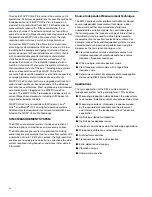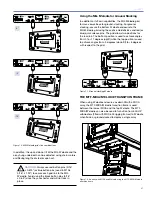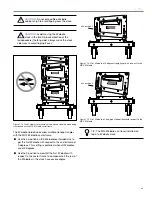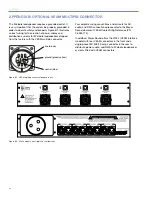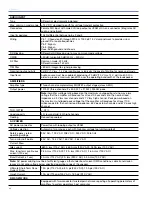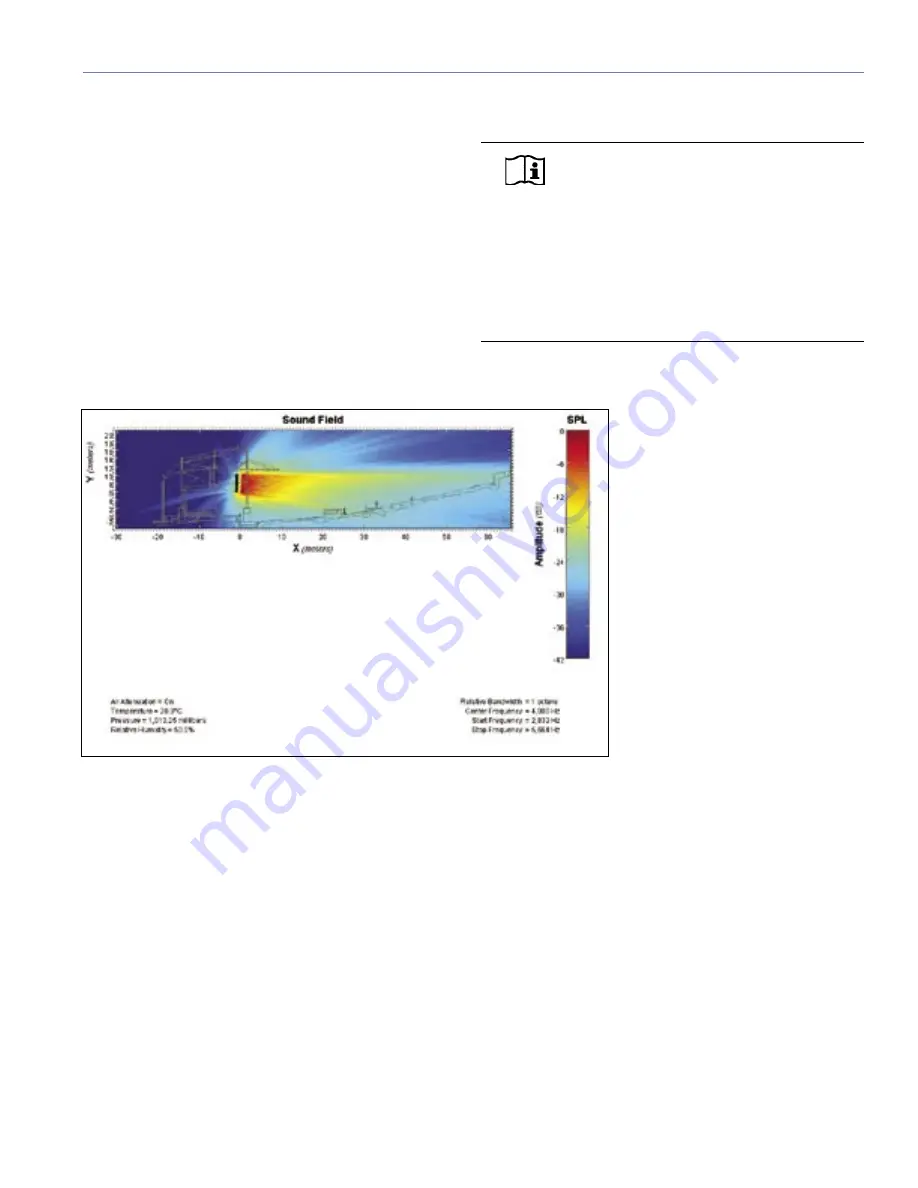
23
CHAPTER 6
Meyer Sound offers two comprehensive tools to assist you
with the acoustical and functional requirements of system
design and optimization. This chapter introduces you to
MAPP Online Pro, Meyer Sound’s powerful online acoustical
prediction tool, and SIM 3, a robust instrumentation package
for system measurement, analysis, and more.
MEYER SOUND MAPP ONLINE PRO
Based on a patented method, MAPP Online Pro is a
powerful, cross-platform, Java-based application for
accurately predicting the coverage pattern, frequency
response, impulse response, and maximum SPL output of
single or arrayed Meyer Sound loudspeakers.
Figure 6.1. MAPP Online Pro is an intuitive, powerful system design tool
Residing on the user’s local computer, the Java client
application facilitates configuring arrays of a wide variety
of Meyer Sound products and, optionally, defining the
environment in which they will operate, including air
temperature, pressure, humidity, and the location and
composition of walls. In addition CAD (DXF) files can be
imported directly for accurate venue definition. You can find
more information as well as apply for MAPP Online Pro at:
www.meyersound.com/mapponlinepro
NOTE:
To use MAPP Online Pro, you will
need to register by clicking the “Apply for
MAPP Online Pro” button on the Web page listed
previously, or the “MAPP Online Pro” button on
www.meyersound.com. After registration and upon
approval, an email will be sent to you with a user
name and password along with the URL where you
can download MAPP Online Pro. Online instructions
will guide you through the download and setup
process.
When a prediction is requested, data are sent over the
Internet to a high-powered server at Meyer Sound running
a sophisticated acoustical prediction
algorithm using high-resolution,
complex (magnitude and phase)
polar data. Predicted responses
are returned over the Internet and
displayed on the local computer in
color.
With MAPP Online Pro, you can:
■
Run multiple “what if” scenarios
in minutes to refine your system
design for best coverage of the
intended audience area
■
Clearly see interactions among
loudspeakers to help minimize
destructive interference by
re-aiming the loudspeakers or
adjusting the position
■
Place microphones anywhere in
the sound field and predict the
frequency response, impulse
response, and sound pressure at
the microphone position
■
Plan an entire portable or fixed loudspeaker system and
determine delay settings for fill loudspeakers
■
Use virtual Galileo equalization to predetermine the
correct control settings for best system response
■
Gain valuable load information about the array to
determine rigging capacities, front to back weight
distribution, as well as center of gravity of the array
■
Export images to help generate explanatory
presentation materials for clients
CHAPTER 6: SYSTEM DESIGN AND INTEGRATION TOOLS
Summary of Contents for M'elodie
Page 8: ...2 INTRODUCTION ...
Page 20: ...14 CHAPTER 3 ...
Page 42: ...36 APPENDIX C ...
Page 43: ......

